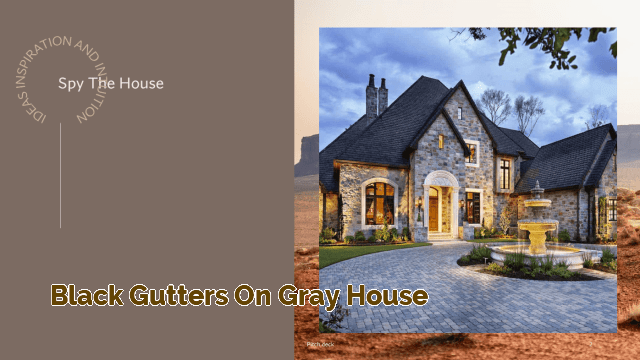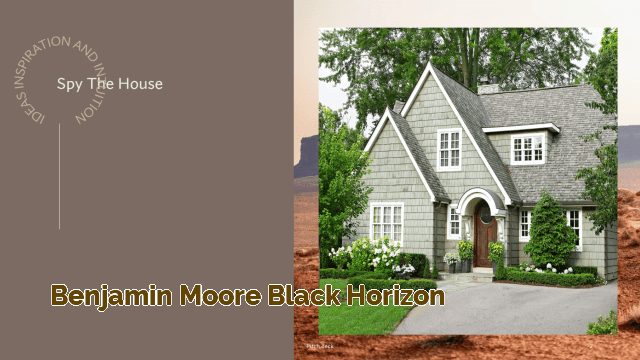Single Chamber Bat House Plans: Building a Home for Our Flying Friends
Bats are fascinating creatures that play a critical role in our ecosystem. They consume tons of insects every night, which helps control the pest population and keeps our environment healthy. Unfortunately, many bat species are currently facing threats due to habitat loss, climate change, and disease. Building a bat house is a simple and effective way to help these flying mammals thrive. In this article, we will discuss single chamber bat house plans, which are perfect for beginners who want to start their bat conservation journey.
What are Single Chamber Bat Houses?
Single chamber bat houses are small, simple structures that mimic the natural roosting sites of bats. They typically have one compartment, which can accommodate up to 50 bats, depending on the species. The design of single chamber bat houses is straightforward, making them an excellent choice for first-time builders. They are also affordable and can be made from materials that are readily available.
Why Build a Bat House?
Building a bat house can provide several benefits for both bats and humans:
- Provide a safe and comfortable roosting site for bats, especially those whose natural habitats have been destroyed or disturbed
- Encourage bats to stay in your area and help control insect populations, which can reduce the need for pesticides
- Contribute to bat conservation efforts and help protect these important pollinators and pest controllers
- Be an educational tool for children and adults, raising awareness about the importance of bats and their role in our ecosystem
How to Build a Single Chamber Bat House
Here are the steps to build a single chamber bat house:
Materials
The materials needed for a single chamber bat house are:
| Item | Quantity |
|---|---|
| 1/2″ or 3/4″ exterior-grade plywood | 1 sheet (4’x8′) |
| 1/4″ exterior-grade plywood or cedar boards | 2 pieces (1’x2′) |
| 1/2″ or 3/4″ exterior-grade CDX plywood or cedar boards | 2 pieces (1’x1’6″) |
| 2″ galvanized screws or nails | 1 lb |
| Exterior-grade caulk or weatherstripping | 1 tube or roll |
| Exterior-grade paint or stain | 1 quart or gallon |
Cutting the Plywood
Cut the plywood into the following pieces:
| Part | Size | Quantity | Note |
|---|---|---|---|
| Back | 24″x16″ | 1 | |
| Front | 24″x14″ | 1 | Cut a 3/4″ or 1″ wide landing area at the bottom of the front piece |
| Roof | 24″x22″ | 1 | Cut a 30-degree angle along the top edge of the roof |
| Sides | 16″x12″ | 2 | Cut a 30-degree angle along the top edge of each side piece |
| Chamber Divider | 16″x12″ | 1 | |
| Mounting Board | 3″x16″ | 1 | Attach to back piece, 1″ from the top |
Assembling the Bat House
- Attach the sides to the back piece using screws or nails. Make sure the top edges of the sides are flush with the top edge of the back piece.
- Attach the front piece to the sides using screws or nails. The bottom edge of the front piece should be 3/4″ to 1″ below the top edge of the sides.
- Install the chamber divider inside the bat house, perpendicular to the front and back pieces. Attach it to the sides using screws or nails.
- Attach the roof to the bat house using screws or nails. The roof should overhang the front and sides by about 1″ and be flush with the back piece.
- Attach the mounting board to the back piece, 1″ from the top edge. Make sure it is level and securely attached.
- Seal any gaps or cracks with caulk or weatherstripping. This will prevent drafts and water from entering the bat house.
- Paint or stain the bat house with an exterior-grade paint or stain. This will protect the wood from the elements and make it more attractive to bats.
- Mount the bat house on a pole, tree, or building, at least 10 feet off the ground and facing south or southeast. Make sure it is in a location that receives at least six hours of direct sunlight each day.
Single Chamber Bat House Design Tips
Here are some design tips to make your single chamber bat house more attractive to bats:
- Use rough-cut wood or attach plastic mesh to the interior surfaces to give bats a better grip when climbing.
- Add a few pieces of bark or twigs to the inside of the bat house to provide a more natural roosting environment.
- Paint or stain the bat house a dark color, such as brown or black. This will help absorb heat and create a warmer environment inside.
- Install the bat house near a water source, such as a pond or stream, to make it more appealing to bats.
People Also Ask
How high should a bat house be mounted?
A bat house should be mounted at least 10 feet off the ground to protect bats from predators and human interference. It should also be in a location that receives at least six hours of direct sunlight each day.
What is the best direction to face a bat house?
A bat house should face south or southeast to receive maximum sunlight exposure and warmth. This will create a more comfortable environment for bats and help them regulate their body temperature.
What are the best materials to use for a bat house?
The best materials to use for a bat house are exterior-grade plywood or cedar boards. These materials are durable, weather-resistant, and safe for bats to roost in. Avoid using pressure-treated wood, as it can be toxic to bats.
How can I attract bats to my bat house?
To attract bats to your bat house, you can:
- Install the bat house in a sunny location that is at least 10 feet off the ground
- Paint or stain the bat house a dark color to absorb heat
- Install the bat house near a water source
- Provide a natural roosting environment by adding bark, twigs, or other materials to the interior
Conclusion
Building a single chamber bat house is an easy and rewarding way to help bat populations thrive. By providing a safe and comfortable roosting site for bats, you can contribute to bat conservation efforts and reduce the need for harmful pesticides. Follow the steps and tips outlined in this article to build a bat house that will attract and support these amazing creatures.





